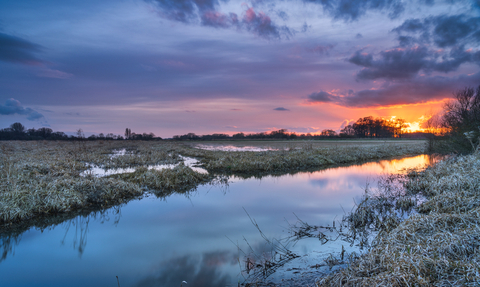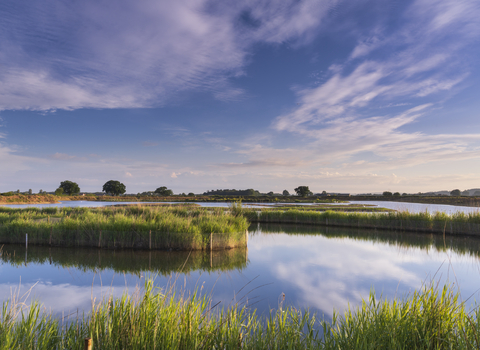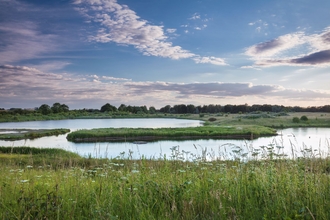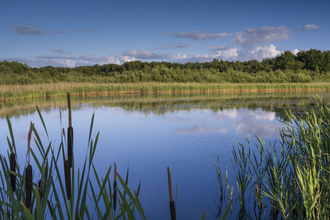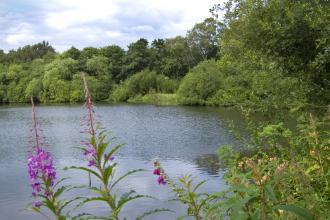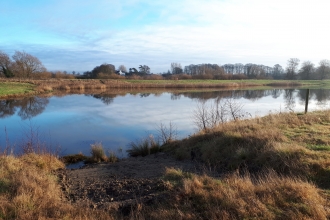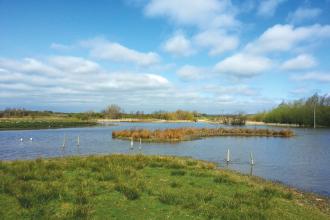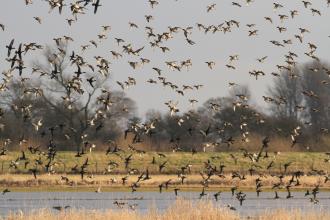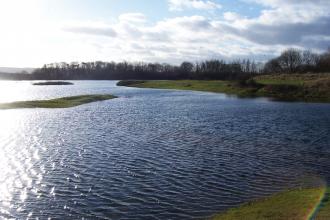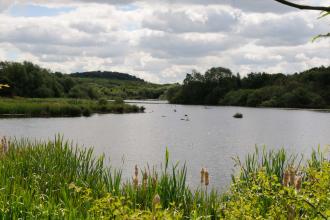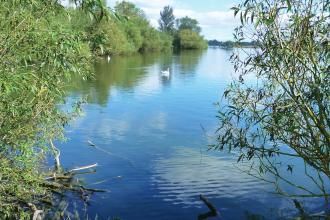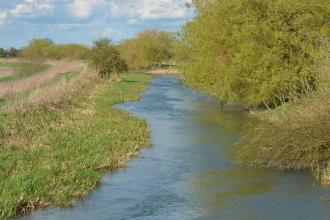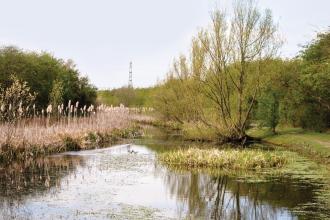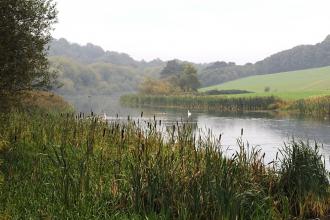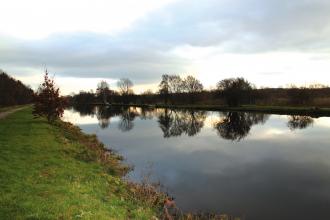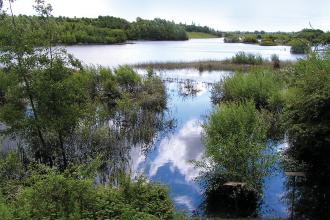In-between places where water meets land
Dotted across Yorkshire are glistening oases, filled with life. These are places of boundaries and transitions - dynamic landscapes that ebb and flow.
Yorkshire’s wetlands are both ancient and new. Some are historic remnants of a wilder landscape, now surrounded by urban sprawl. Others are reclaimed from industry, representing a new start for nature and wildlife.
With each changing season, something new arrives or departs. Migrants like sand martin, whimbrel, widgeon and osprey return each year to rest or breed. Connecting Yorkshire with Iceland, Africa and everywhere in between, our wetlands are globally important and deserve our local protection.
What threats are wetlands facing? How are we saving wetlands?
Yorkshire’s wetlands are the lifeblood of our natural world
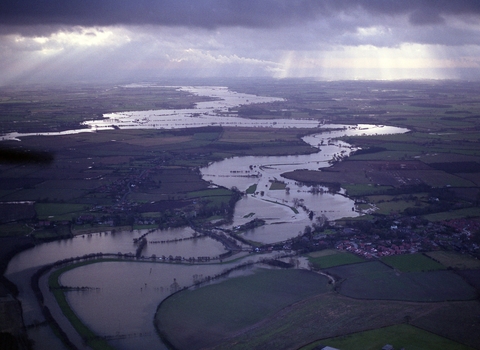
Check natural england copyright
What are wetlands?
Wetlands are habitats which are permanently or seasonally filled with water. These habitats often combine into one dynamic ecosystem.
Shallow lakes, ponds, rivers, streams and ditches
Always contain some water, although levels may change naturally or by management.
Floodplain meadows and wet grasslands
Flood seasonally when rivers burst their banks or the ground becomes saturated
Estuaries and mudflats
Coastal wetlands occurring where the sea meets water or land
Peatlands, marshes, fens and wet woodland
Land which is always wet, with species suited to grow in wet conditions
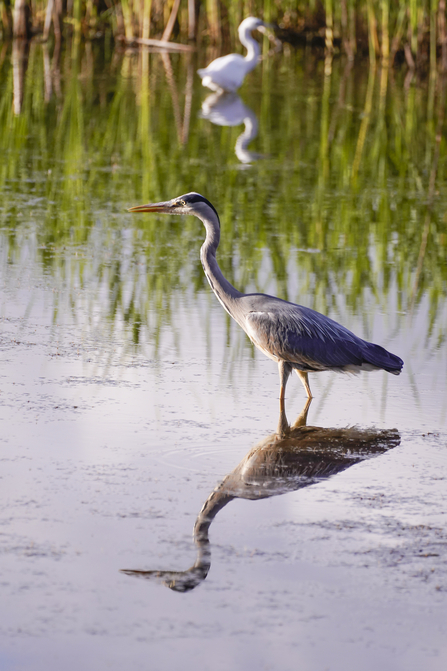
(c) John Potter
Why are wetlands so important?
Bursting with biodiversity
- Wetlands are a lifeline for hundreds of species, many endangered. These include year-round residents such as kingfishers, water voles newts and dragonflies, as well as flocks of thousands of migrating birds, searching for a place to rest and refuel. 40% of the world's species rely on wetlands in some way.
- Global heating is causing changes to behaviour, breeding and migration, pushing many species further north. Ensuring that there's the right habitat for them to survive is vitally important.
Combatting the climate emergency
- Many types of wetland store carbon in the roots of plants and soil beneath the water. Globally, wetlands (and especially peatlands) store more carbon than all the world's forests combined!
- They also help us to be more resilient to the effects of the climate emergency. Healthy wetlands filter water and provide an important natural flood defence. When it pours, they fill up, storing water and protecting communities from flooding. Wetlands lower air temperatures, and saturated ground reduces the risk of wildfires starting and spreading.
Helping our health
Studies show that time spent in green and blue spaces is beneficial to our mental health, reducing anxiety and depression. Having a connection to nature is vital for human beings - wetlands provide an oasis of calm.
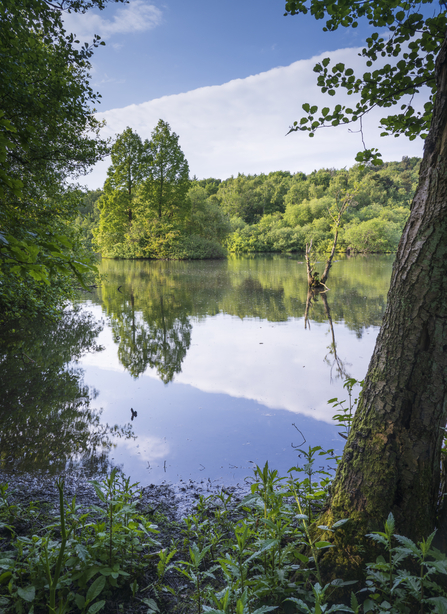
What threats do our wetlands face?
Centuries of unsustainable development
In the last few hundred years, human interventions have caused the loss of over 80% of the world's wetlands. Initially, huge areas of land were 'improved' - drained to allow crops to grow. The industrial revolution was the catalyst for huge, accelerating development which continues to this day. Wetlands were drained, paved over, turned into quarries and dug up for their valuable peat. Chemicals, waste products and litter pollute our waterways and wetlands, killing wildlife and plants.
Each time an urban pool, lake or reed bed is drained or polluted, Yorkshire’s network of wetlands becomes smaller and more fragmented – making it harder for threatened species to bounce back.
A changing climate
While wetlands have a vital role in helping us combat the climate crisis and providing a home to endangered species, they are also threatened by our changing climate. Extreme hot weather is causing wetlands to dry out, which has huge knock-on effects for migratory wildlife, amphibians and plants.
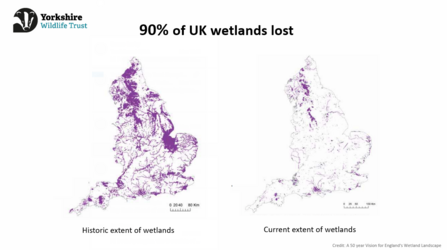
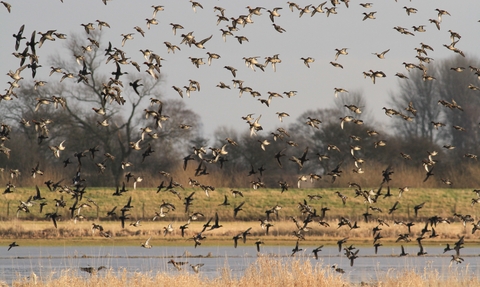
(c) Lucy Murgatroyd
A wild refuge for thousands of species
How we're saving wetlands
We manage our own nature reserves, as well as working with partners across Yorkshire, to restore, create and reconnect wetlands on a landscape-level scale. This work is really important because many of the species that depend on wetlands are migratory, moving from one area to another.
As well as protecting fragments of ancient wetlands, we create new wetlands from industrial landscapes such as quarries. These exciting places showcase how even in very urban areas, we can create diverse and abundant green spaces supporting humans and wildlife alike. Our vision is to once again see networks of wetlands stretch across Yorkshire,
Restoring and creating wetlands usually involves recreating processes that would have happened naturally, if humans hadn't altered our natural world so fundamentally. We spend hundreds of thousands of pounds every year to ensure Yorkshire's wetlands are wild, abundant and diverse.
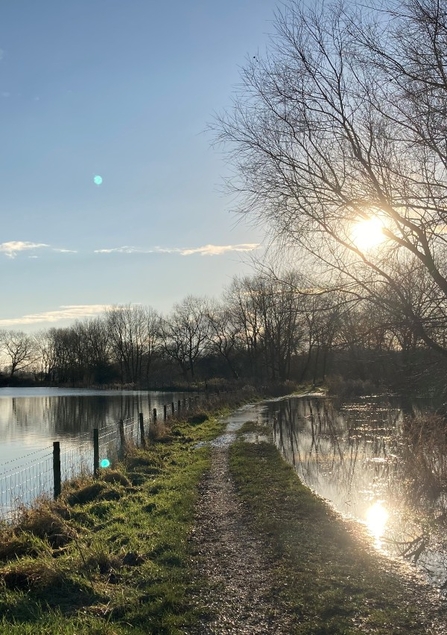
Keeping the land wet
Wetlands are at risk from drying out. In the past, Yorkshire's now-extinct beaver populations would alter and slow the flow of water, creating areas of wetland in their wake. Meanwhile, floodplain meadows filled with water each winter, providing habitat and food for migrating birds. Over time, rivers were straightened and deepened, causing the water to flow faster into the sea and not saturate the land.
- We add meanders and water-slowing measures back to rivers and streams. This means that water is once again slowed by the land, creating wetlands and reducing the chance of flash flooding.
- We scrape out earth and mound it up to create new contours in our landscape, turning blank fields and deep quarries into rippling wetlands. These new areas provide habitats for many species – muddy margins for avocet chicks to feed in and raised banks for sand martins to nest in.
- We measure and adjust water levels to create the perfect conditions for the species we are protecting. Too little water can mean nowhere to go for wintering waterfowl. Too much can mean create submerged wildflower meadows, damaging threatened plant life.
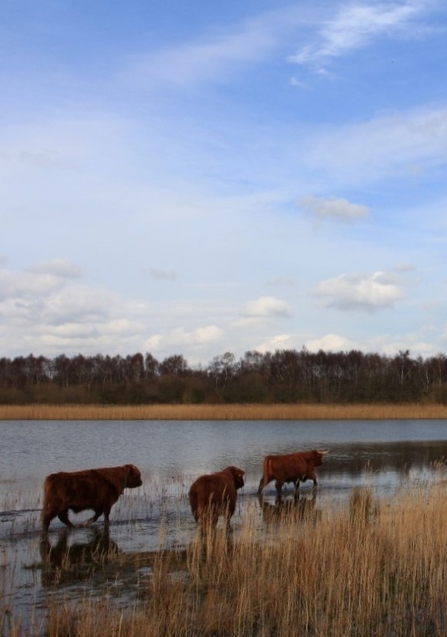
Managing the vegetation
Wetlands are dynamic habitats, with the amount of vegetation always on a fine balance. Left totally alone, most would be taken over by reedbeds and trees such as alder or willow. Although woodland is a very important habitat, it can cover and dry out wetlands, which has repercussions for the wildlife that lives there.
Large wild herbivores like bison and elk used to roam these landscapes and graze on the vegetation, keeping these ecosystems in check.
- We use livestock to recreate the work of ancient grazers. We focus on creating a varied 'sward' of different heights of vegetation, with open pockets to allow species to nest. We do some of this by hand, and have a herd of grazing animals including cows, sheep and ponies. They each graze in different ways, helping us to achieve the sward we are trying to create. Read more about grazing.
- We manage the amount of reedbed to support a range of wildlife. Reedbeds are an important home for shy species like the bittern and water vole, but they over time, they can take over wetland areas. By cutting them back in certain locations (making sure there's plenty left) we expose muddy banks, favoured by many wading birds. Read about Yorkshire's first ever breeding black-winged stilts
Bumps and scrapes
Some of the work we do restore and create wetlands can look quite alarming - scraping out sections of earth with a digger, or cutting back tree growth and reedbeds. Once everything settles and fills with water (the disruption is usually very brief), it becomes a haven for wildlife.
Working in partnership
We can achieve more when we work together. We work in partnership with organisations across Yorkshire to protect and create wetlands.
Sometimes, this means working with individual corporations. For example, we work with the aggregate quarrying company Bredon at North Cave Wetlands, who as part of their agreement must restore the land for wildlife once all the sand has been extracted.
Or, it can happen on the scale of an entire river catchment, such as the River Derwent or the Upper Aire. In these cases, we work with landowners, farmers and organisations to implement water-slowing measures, naturalise the river (restore it to a more meandering path) and treat invasive non-native species.
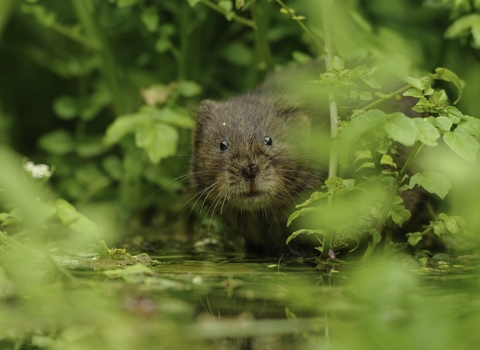
Water vole © Terry Whittaker/2020VISION
Wetland wildlife
Our wetlands are filled with the ebb and flow of life.
Within the dense reeds are hidden worlds, where bitterns and water voles sit silently, undisturbed and safe. Under the surface, newts and dragonfly larvae hunt their prey in the darkness. On the shoreline, avocets and snipe feast on creatures hidden beneath the mud, while an otter creeps home after a long night of hunting.
Each winter, our wetlands fill with thousands of birds - a true wildlife spectacle. Migrants like sand martins, starlings, widgeon and ospreys return each year to join year-round residents, taking to the skies in dazzling displays. Rare visitors from exotic shores stop by to rest and refuel.
Did you know?
Place names often reveal if somewhere was once part of a wetland. Carr means a swamp or boggy ground and Ing means a water meadow, while Dam usually referred to the pond or reservoir behind a mill.
Our wetland nature reserves
If you want to experience the wonder of wetlands for yourself, there are many incredible reserves to visit across Yorkshire.
Potteric Carr is the remnant of an ancient fenland, nestled between motorway and railway - an oasis of calm. North Cave Wetlands and Ripon City Wetlands are shining examples of how a former quarry can be transformed into a haven for wildlife. Wheldrake Ings is part of the Lower Derwent Valley National Nature Reserve and is internationally important for wildlife.
It costs over £100,000 a year to look after our wonderful wetland reserves
